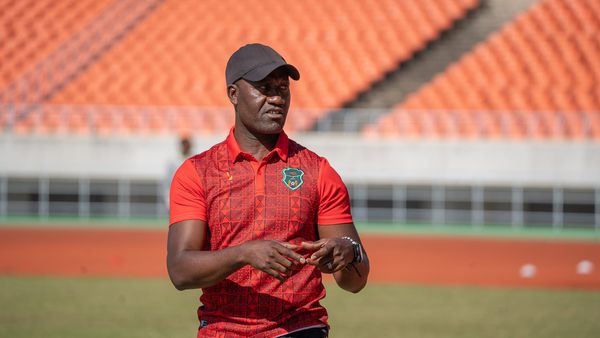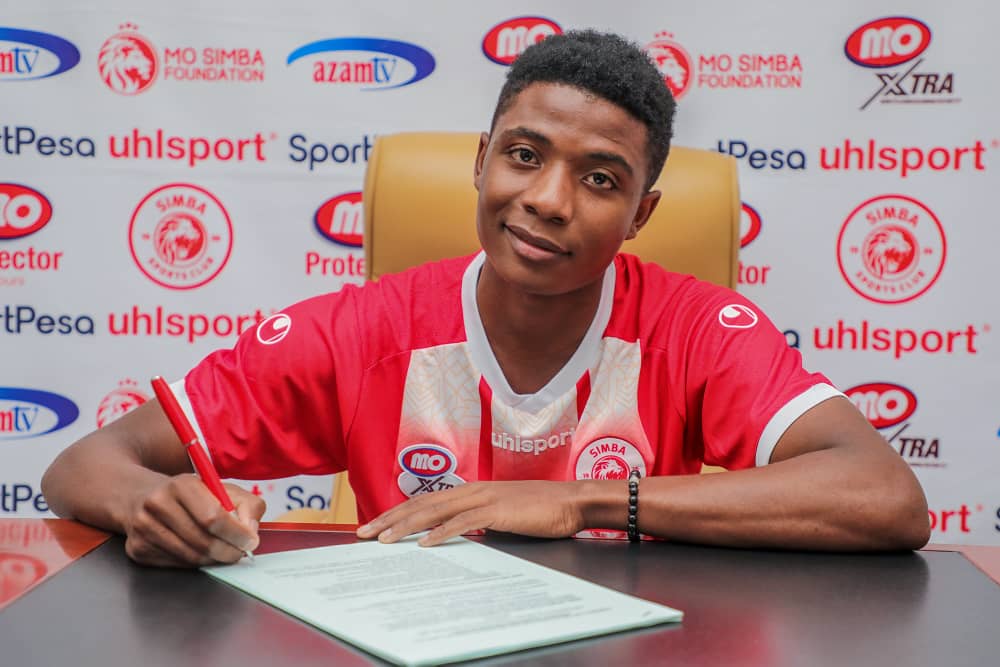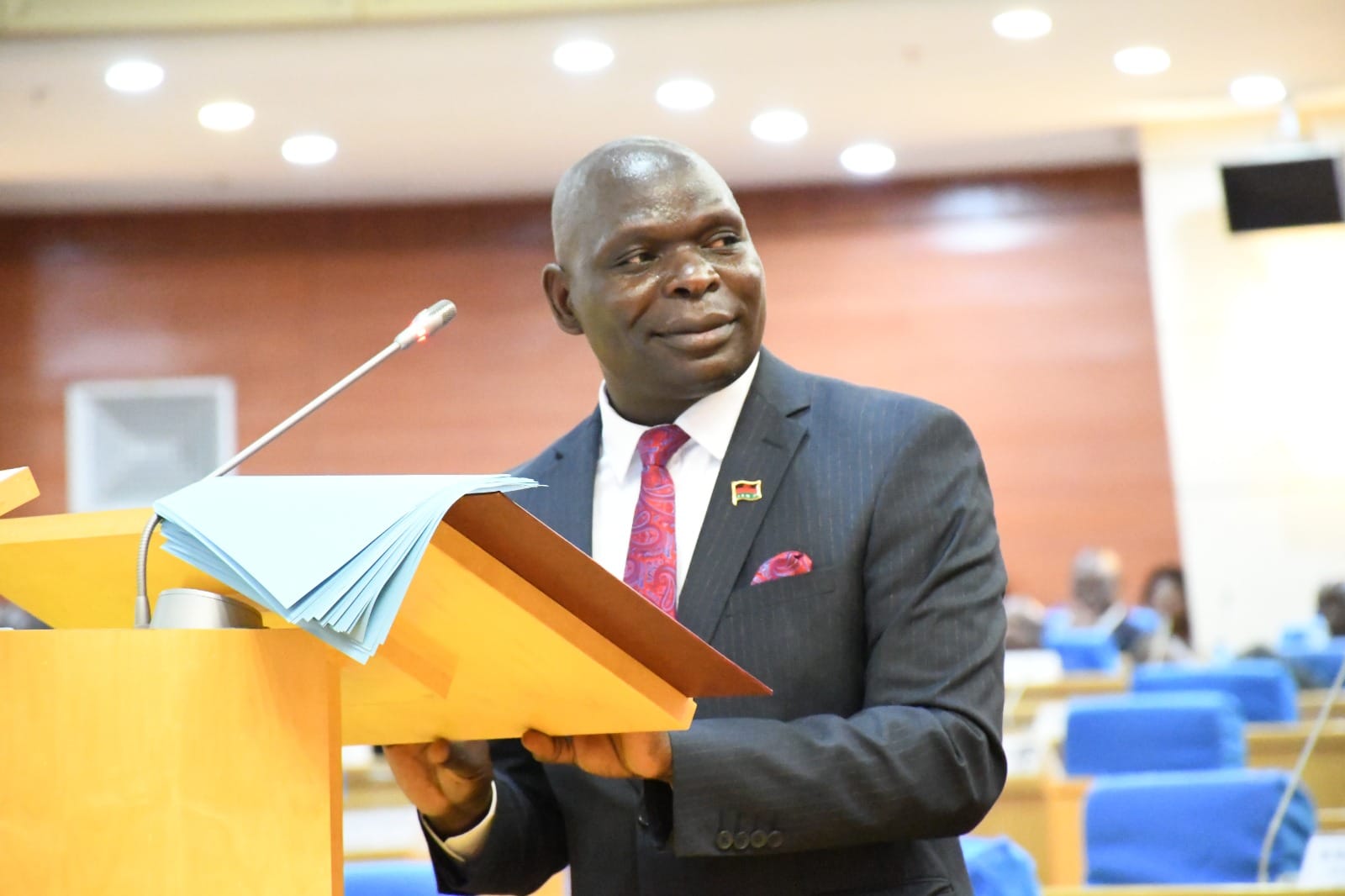Lessons from Afcon
If the performance of teams from the Cosafa bloc at the ongoing 2023 Africa Cup of Nations (Afcon) 2023 edition in Ivory Coast is anything to go by, the emerging picture is that the region is slowly catching up with continental giants.
That is the consensus of pundits who note that unlike in the last edition of the Afcon where only two out of three Council of Southern Africa Football Associations (Cosafa), Malawi and Comoros, made it to the last 16, this time around Southern Africa had Angola, Namibia and South Africa in the round of 16 while Zambia and Mozambique exited in the pool phase.
Flames coach Patrick Mabedi in an interview yesterday said Cosafa teams went to the Afcon as underdogs, but punched above their weight.
He said: “Cosafa teams we are getting better. If you look at teams like South Africa, for example, nobody thought they will make it to the semi-finals. So, we are getting there. It’s much better than before.”
South Africa’s Bafana Bafana reached the semi-finals after stunning 2022 World Cup semi-finalists Morocco 2-0 in the round of 16 and Cape Verde in the quarter-finals.

Angola, on the other hand, thrashed fellow Cosafa side Namibia 3-0 to advance to the quarter-finals where they narrowly lost 1-0 to Nigeria.
Football analyst Raymond Siyaya in an interview yesterday said the results at Afcon show that the gap between the so-called football giants and the minnows has narrowed.
He said: “I would say football knowledge is now decentralised and we seem not to have the so called ‘minnows’ anymore. I am struggling to convince myself that perhaps the so-called big African teams did not give their all, perhaps because of the professional contracts they have in Europe.
“But how on earth does Namibia beat Tunisia and looking at Namibia they do have some of their best players playing in South Africa. Mozambique drawing with Egypt and Nigeria at that level is huge. South Africa punched a belt higher. Perhaps the South African league is not given the merit it deserves. But we are narrowing that gap slowly.”
On his part, Charles Nyirenda noted that said Cosafa teams have made tremendous improvements.
“Here is a South African team largely drawn from a local club Sundowns FC standing toe to toe against the much fancied Nigerians with an abundance of talent plying its trade in Europe. This was a big statement on the state of football in Cosafa region. We are no longer underdogs,” he said.
Football analyst, Kevin Moyo also said the gap has narrowed.
“The north, which had produced a semi-finalist in the the 2022 Qatar World Cup, failed to make it the past quarter-finals. Cosafa had two teams in South Africa and Angola with mainly home grown and locally based players which soeaks volumes of the local leagues in Cosafa,” he said.
In the semi-finals, Bafana created more chances only for them to concede a penalty just after recess which Eagles captain William Troost-Ekong converted to put them in the lead.
Bafana crawled back into the game in the 89th minute after earning a spot-kick of their own which was converted by Teboho Mokoena, only to lose 4-2 in post-match penalties following a barren extra time.
Cosafa executive director Sue Destombes in a statement said the Cosafa representatives have proved that the region is a force to reckon with.
She said: “Cosafa is delighted with the results our five representatives at the Africa Cup of Nations and congratulate all of them on a strong showing for the region in the Ivory Coast.
“Namibia made history by reaching the last-16 for the first time and this is testament to the work of coach Collin Benjamin.
“Angola made it to the knockout rounds for the first time since 2010 while South Africa came through a difficult group and showed a typical fighting spirit.
“Even Zambia and Mozambique who were eliminated in the group stages went out with heads held high.”
Cosafa competitions committee chairperson Timothy Shongwe said the performances of the Cosafa teams is testament to the success of the organisation in developing football across all age groups in the Southern African region, which is now bearing fruit at senior international level





